Trees don't heal, they get sealed. As Shigo (198) eloquently describes, trees generate organisms while animals regenerate life forms. Animals repair, replace, restore and regenerate existing cell tissue. Trees “cover” injured and infected tissues and then continue to generate new tissues.
In order to survive, trees must overcome their wounds. But they don't technically heal their wounds, at least not in the way human and animal bodies repair, restore, or replace damaged cells or tissues. The trees are constructed in layers of cells that are joined by rigid walls in a modular and compartmentalized way. This structure dictates your response to the wound.
A healthy tree will seal wounds faster and the same for younger trees. Trees that are planted in quality, well-drained soils, with good texture and structure and that contain adequate levels of nutrition, grow in a way that favors the healing process. Therefore, when planting trees, homeowners should be aware of the effects of site selection, soil quality, and other site factors that may affect tree growth. When a tree is injured, the injured tissue is not repaired and does not heal.
If you notice an old wound, you will notice that it does not “heal from the inside out”, but eventually the tree covers the opening forming specialized “callous” tissue around the edges of the wound. After the wound, the new wood that grows around the wound forms a protective boundary that prevents infection or decay from spreading to the new tissue. Therefore, the tree responds to the lesion by “compartmentalizing or isolating older injured tissue with the gradual growth of new, healthy tissue.”. Compartmentalization is the process that trees use to isolate broken bark, pruned branches and even severe weather damage.
As long as you have properly pruned your tree or bandaged its wounds, its natural process takes over and slowly ends its recovery. While humans and animals can heal, trees can't. Trees do not have the ability to replace or repair damaged tissues, but rather seal wounds by growing fresh tissue on top. This prevents further damage from insects or diseases.
They don't, at least not in the way we think about healing. The damaged tissue of our body is replaced by new healthy tissue. However, once a tree is damaged, it remains damaged for the rest of its life. This is because trees don't grow like people do.
Perhaps a better comparison would be that trees grow like coral, adding new living layers annually on top of an old, mostly dead structure. We can count these new layers or annual rings to tell us how many years the tree has been alive. Because of this “layered” growth pattern, no matter how tall a tree grows, the height of each individual branch of the trunk never changes. Unfortunately, trees don't heal in the same way as people.
In fact, damaged tissue never really heals. Instead of being repaired from the inside out, a tree grows a callus that covers the area to prevent the damage from spreading further. The tree can then grow normal tissue around the wound. In reality, paint pruning can prevent healing and encourage the growth of rotting organisms and insect infestation.
Instead of sealing the infection, wound dressings often seal in moisture and decay. In most cases, it is best to let the wounds seal on their own. For millennia, trees have developed effective mechanisms for this. Unlike humans or animals, woody plants cannot heal damaged tissues.
Instead, they compartmentalize wounds with layers of cells that prevent the damage from spreading further. A properly pruned tree or shrub will seal wounds and prevent spoilage organisms from entering the trunk. Naturally, small wounds seal much faster than large ones, which is a clear argument for pruning and training plants when they are young. Proper conservation and maintenance of trees can only be done by those who have advanced technical education in the art and science of arboriculture.
Tree owners and managers need to prune trees to maintain aesthetic characteristics, remove infected branches, reduce risk, or improve structural stability. A tree ribbon is a commercial product used to wrap the tree and protect the bark from inclement weather such as winter. Through a process called compartmentalization, a tree seals damaged or diseased areas by forming walls around it, which literally enclose it, allowing the tree to grow around it and flourish. Have ISA-certified arborists inspect and prune your trees regularly, who can detect, correct and prevent damage to your valuable trees.
I have been an arborist in charlotte, NC for years and have owned my own Charlotte NC tree service for quite some time now, and caring for trees has been more of my job description than just removing them. If you suspect that one of these events could have damaged a tree on your property, look for any damage that has broken the bark of the tree trunk and opened up living tissue. Diseases affecting trees introduce enzymes into cells, digest living tissue responsible for translocation of food and water (phloem and xylem) or structural support, resulting in unhealthy, unsightly or unsafe trees. Another easy way to find a tree care provider in your area is to use the “Locate Your Local Tree Care Industry Association Member Companies” program.
Find a ProfessionalMake sure you always hire an insured tree care professional, preferably an ISA-certified arborist with the experience, knowledge and equipment to provide proper tree care. If you have wires or cords around your trees to support them in a storm, or to support your pet or even for decorative lights, take them out and take them off before they strangle your tree. In this case, the tree can be a hazard depending on the size, so you may need the help of a qualified arborist to assess the damage and advise if the tree can be saved. Proper pruning practice and understanding tree wounds can minimize the impact of creating wounds on trees.
If the tree is actively growing, you may not need sealants because the tree will close the damaged tissue on its own in a few days. This fact sheet discusses the responses of trees to injuries and what can be done after the injury to keep the tree healthy. GoTreeQuotes quickly puts you in touch with the 3 local tree surgeons to get 3 estimates of the most affordable tree services near you. .
.
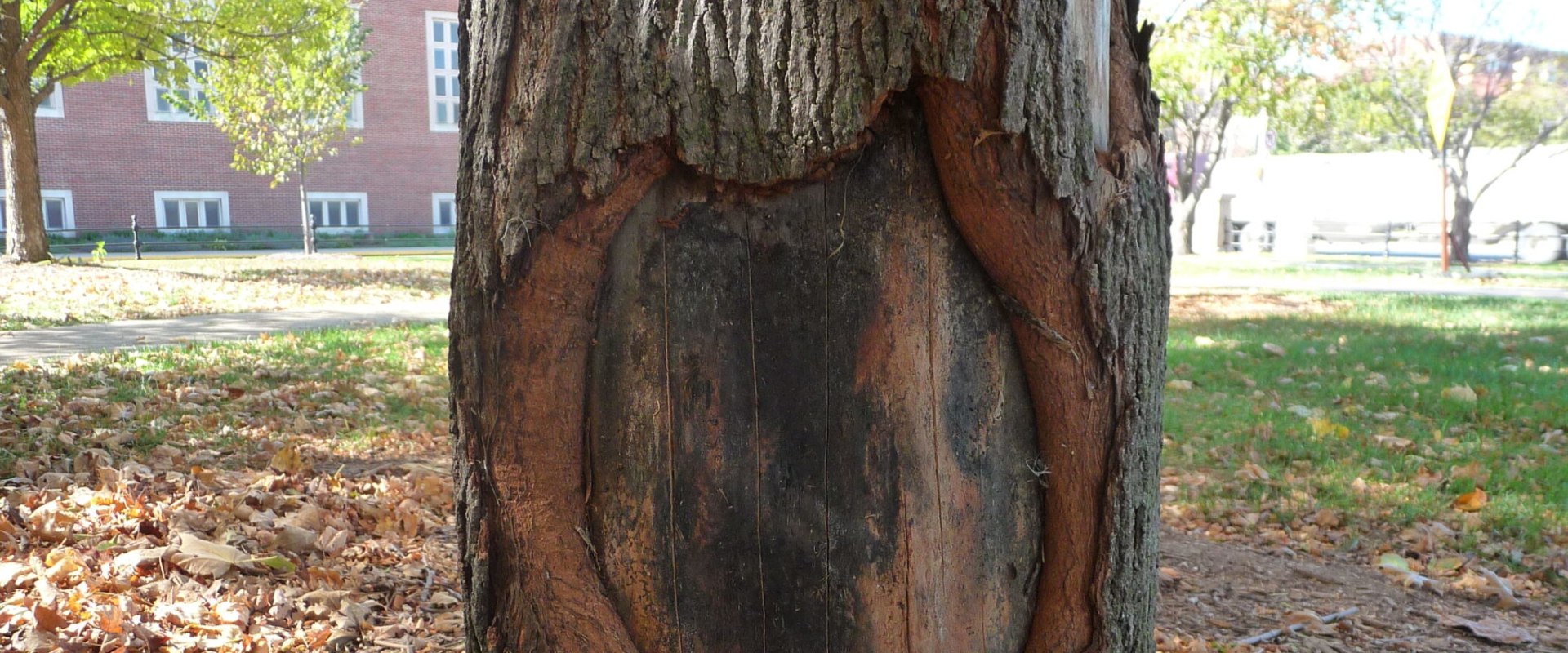
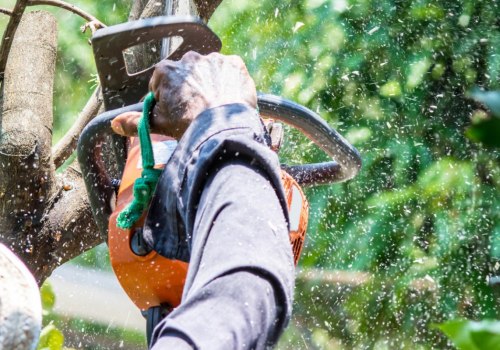
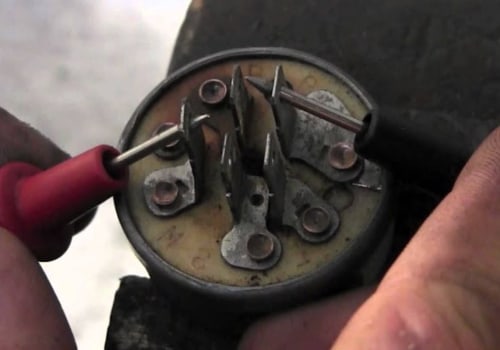
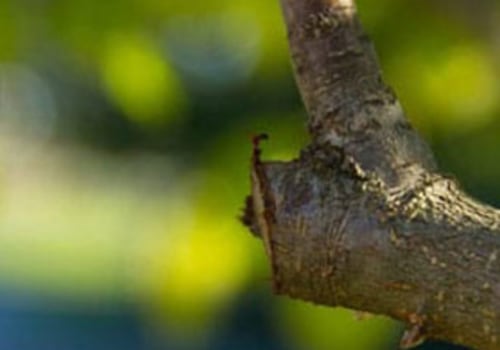
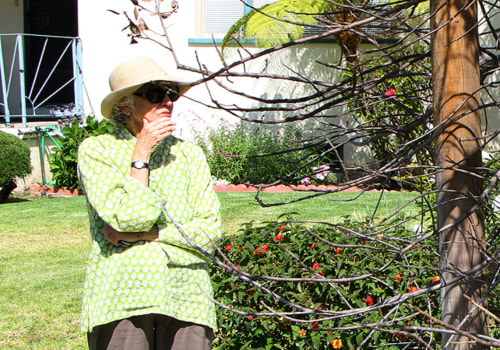
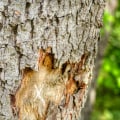

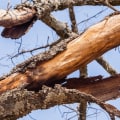
Leave Reply